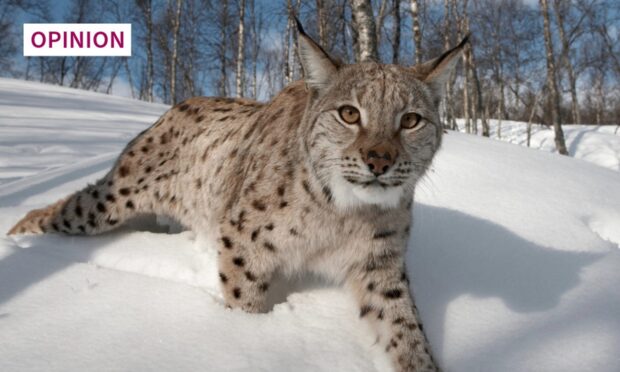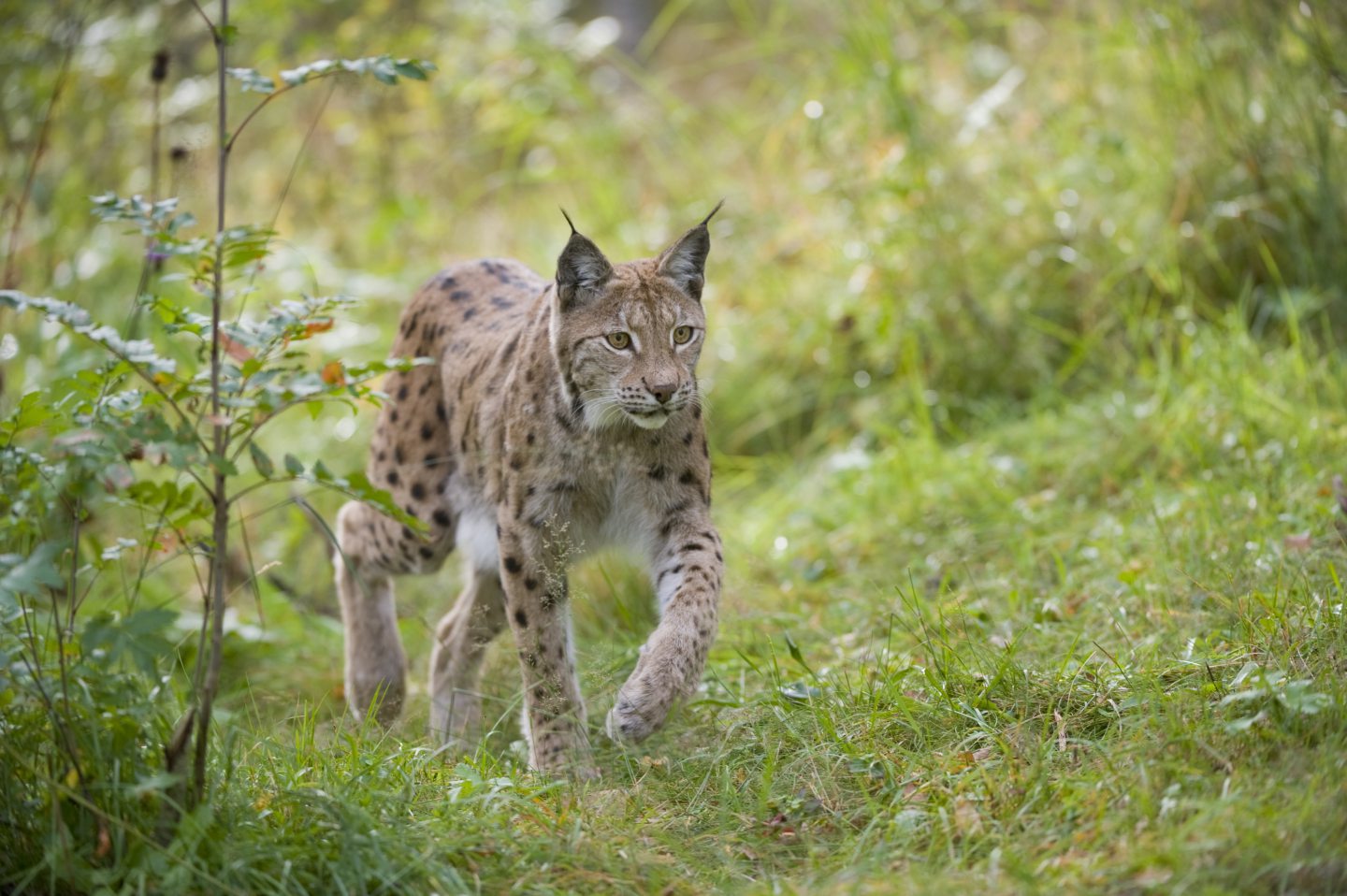For centuries, people have been exerting control over every square inch of the Scottish landscape. We’ve made it work for the benefit of just one species: us.
The vast, treeless deer forests, sheep pastures and grouse moors of the north and the arable monocultures of the south bear witness to our ability to subjugate nature for our own ends. Today, these ecologically sanitised landscapes – largely stripped of their natural woodlands and drained of their vibrant wetlands – serve the needs of just a few select species and, in many cases, just a few people.
As a society, we don’t see the nature-depleted landscapes that surround us, and the animals we’ve lost, because we suffer from “ecological blindness”. We perceive a landscape of natural beauty because we’re told that’s what it is – and that notion is kept alive as each new generation accepts the landscape they’re born into as normal, irrespective of how impoverished it might be.
We’ve long forgotten how to live alongside wild nature, and this is especially true when it comes to large predators.
Such predators are vital for ensuring healthy living systems, and biodiversity is badly affected by their absence. Fortunately, they are staging a comeback across mainland Europe, benefitting from a softening of public attitudes and relief from centuries of persecution.
But, as an island, if we want these animals back, we have to make a conscious decision to reintroduce them. Any such reintroduction needs to be realistic and reasonable, and to work in a Scottish context. It would require approval by the Scottish Government, with habitat assessments and full public consultation.
All of which is why the Eurasian lynx is the best candidate for a return.
With scant knowledge, people tend to join up their own dots
Research tells us that lynx could make a good living in Scotland, helping to restore healthy woodland ecosystems by preying on abundant deer and, significantly, other predators, such as fox. This would help tackle the climate emergency by allowing our forests to expand and lock up more carbon.
Lynx would also be a boon to local tourism, accompanied by a wider economic boost. Their presence would inspire hope and help reconnect our frayed relationship with nature.
But the cultural chasm that stifles the return of lynx has little to do with the animal itself.
I’ve spent decades listening to conflicting opinions on which wildlife species should live where in Scotland, in what numbers and to whose benefit. I’ve also heard myriad perspectives on the return of lynx and the perceived change that it would bring about.
Most people know very little about this enigmatic cat. With scant knowledge, people tend to join up their own dots, mistakenly conflating the impact of lynx with that of wolves.
More significantly, however, predators like lynx challenge what we have normalised. They ask us to cede control to natural processes, and accommodate wild nature in our orderly, manicured landscape. These animals demand that we look at the landscape through a different, unfamiliar lens.
Whose voice should carry the most weight?
A recent webinar hosted by the Lynx to Scotland partnership discussed the return of lynx with two representatives from the sheep farming sector. Lynx are shy woodland hunters which primarily prey on deer, and avoid open grazing land. But on the basis that, even so, lynx might well take some sheep, the webinar participants were asked what level of predation would be tolerable. For one participant, at least, the answer was clearly “none”.
The concerns of sheep farmers, as well as other land managers, are largely valid and entirely legitimate. On the other hand, in an increasingly ecologically conscious society, there is growing concern around the impacts of climate breakdown and the ongoing loss of biodiversity. Young people, in particular, recognise the unfulfilled ecological potential of Scotland’s landscape.
This brings into play a key question: whose voice should carry the most weight? Is it fair that sheep farmers are able to unilaterally veto the return of lynx? Or, is it fair for these animals to be imposed on economically fragile rural economies by “outsiders” – people with little skin in the game?
At the heart of this are divergent social and cultural values. There are those who see the Scottish landscape as something of a commodity – a resource to be controlled and exploited for the benefit of people. And, increasingly, there are those who see the necessity for healthy ecosystems fuelled by natural processes, such as predator-prey interactions, birth, death, decay and regeneration.
There is no definitive right or wrong here
I believe there are good reasons for bringing lynx back to Scotland for the benefit of nature, climate and people. But there is no black and white here; no definitive right and wrong. Our values are shaped by a complex array of factors.
That said, there is no denying that everyone alive today has grown up in a world more modified by humans and more ecologically impoverished than at any time in our history.
As we all try to turn nature depletion into nature recovery, we will have to relearn how to live alongside unfamiliar non-human species. The challenge of change is a journey – one that is easier for some than others.
Peter Cairns is executive director of rewilding charity Scotland: The Big Picture, and partner of the Lynx to Scotland project


Conversation